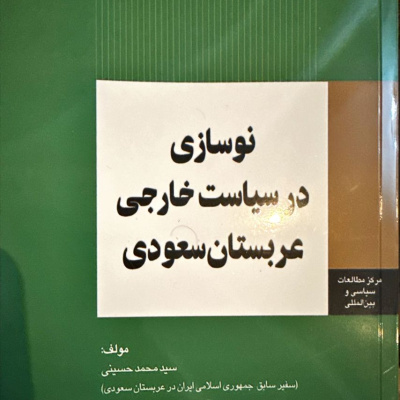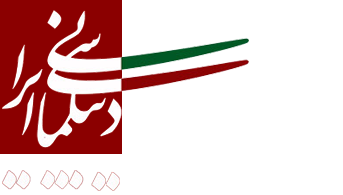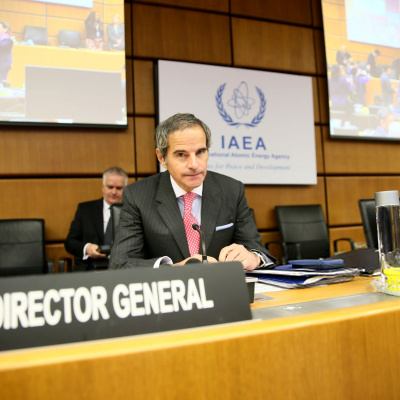
Rewritten Title:
Saudi Arabia’s Evolving Foreign Policy: Insights into Regional Diplomacy and Iran-Saudi Relations
A Complex Diplomatic Landscape
In recent years, the relationship between Iran and Saudi Arabia has been shaped by a multitude of regional and global factors, including the U.S. invasion of Iraq, the fall of Saddam Hussein, the 33-day war, the Arab Spring movements in Tunisia and Egypt, the conflicts in Syria and Yemen, and the Israeli regime’s confrontations with the Axis of Resistance following the Al-Aqsa Storm operation. These events have contributed to a complex and multifaceted dynamic between the two nations, influenced by political, economic, cultural, ideological, and social dimensions, as well as regional and international power structures.
Despite these complexities, the relationship between Iran and Saudi Arabia can be understood through the lens of both competition and cooperation. While tensions have often dominated, opportunities for diplomatic engagement and strategic collaboration remain possible.
Understanding Saudi Foreign Policy
To navigate this relationship effectively, a deep understanding of Saudi Arabia’s foreign policy is essential. The Kingdom’s foreign policy is deeply rooted in its domestic political, economic, social, and cultural structures. Without comprehending these internal dynamics, it is difficult to accurately interpret Saudi Arabia’s international strategies.
Drawing from years of diplomatic experience—including the author’s tenure as Iran’s ambassador to Saudi Arabia from 2006 to 2009—this book, published by the Institute for Political and International Studies of Iran’s Foreign Ministry, offers a comprehensive analysis of Saudi Arabia’s governance system. It highlights how the Saudi political structure operates as a unified entity, where any diplomatic engagement sends signals across its entire governance framework, much like neural transmissions in the human body.
A Strategic Roadmap for Future Relations
The book provides a theoretical and operational examination of Saudi Arabia’s internal structures, shedding new light on its foreign policy trends. By analyzing Saudi Arabia’s regional and international strategies, it offers valuable insights into potential future directions for the Kingdom’s diplomacy.
A key focus of the book is the Iran-Saudi relationship, offering strategic recommendations for policymakers in the Islamic Republic of Iran on balancing competition and cooperation with Riyadh. The final chapter outlines key drivers that will shape Saudi Arabia’s future foreign policy toward the international system, the region, and Iran.
This work serves as a crucial resource for understanding the evolving dynamics between Iran and Saudi Arabia, emphasizing the importance of informed diplomacy in navigating regional challenges.

